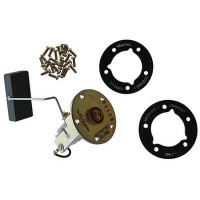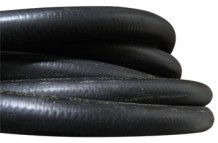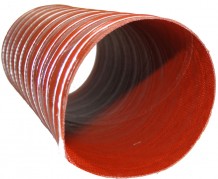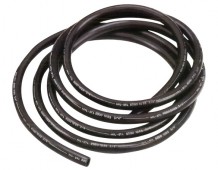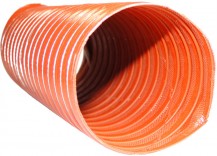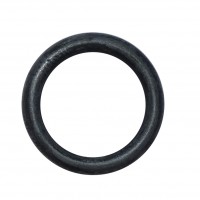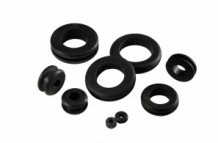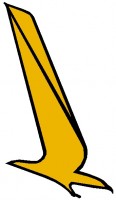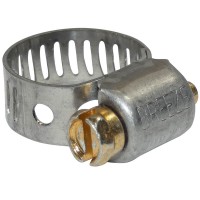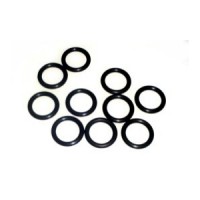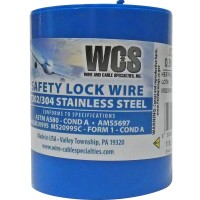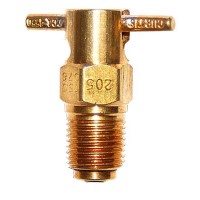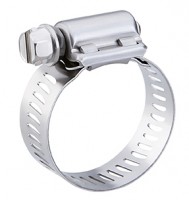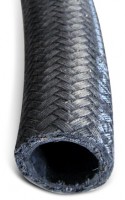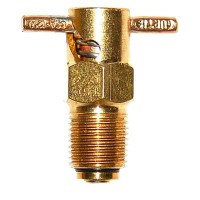FREE SHIPPING ON ORDERS OVER $350 (SOME EXCLUSIONS APPLY) | 877-4-SPRUCE
Aeroquip Rubber Hose 2556-8
$23.85/Foot
Part# 05-27348
MFR Model# 2556-8
MFR Model# 2556-8
Overview
|
Aeroquip Rubber Hose 2556-8 General Purpose Hose, Gas, Air Tools, Water, Fuel, Lube Oils (not recommend for impulse application) |
WARNING: Cancer and Reproductive Harm - www.P65Warnings.ca.gov. |
Specifications
- Cover Material: Neoprene
- Dash Size: 8
- Hose Family: Socketless/R6
- Max Temperature (C): 100
- Max Temperature (F): 212
- Min Temperature (C): -40
- Min Temperature (F): -40
- Operating Pressure (PSI): 300
- Operating Pressure (bar): 21
- Product Line: Aeroquip
- Tube Material: Nitrile
- Agency Listings: Government Specification: DNV, MSHA
- Agency Listings: Industry Specification SAE 30R2 Type 1
- Burst Pressure (bar): 84
- Burst Pressure (psi): 1200
- Description: Low pressure Socketless Testile braid
- Family: Hose
- General Application: For gasoline, fuel and lubricating oils, air and water. Not recommended for hydraulic impulse applications and not approved for airbrake applications.
- Hose Base Number: 2556
- Inside Diameter (in): 0.5
- Inside Diameter (mm): 12.7
- Min Bend Radius (in): 5
- Min Bend Radius (mm): 127
- Outside Diameter (in): 0.75
- Outside Diameter (mm): 19.1
- Reinforcement Material: Textile braid reinforcement.
- Vacuum (inHg): 28
- Vacuum (kpa): 94.8
- Weight (kg/m): 0.24
- Weight (lb/ft): 0.16
Documents
Q&A
Please note, Aircraft Spruce's personnel are not certified aircraft mechanics and can only provide general support and ideas, which should not be relied upon or implemented in lieu of consulting an A&P or other qualified technician. Aircraft Spruce assumes no responsibility or liability for any issue or problem which may arise from any repair, modification or other work done from this knowledge base. Any product eligibility information provided here is based on general application guides and we recommend always referring to your specific aircraft parts manual, the parts manufacturer or consulting with a qualified mechanic.


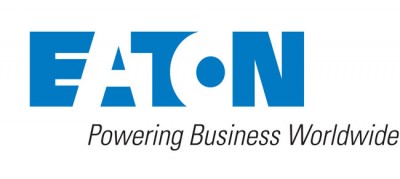





 FREE Shipping
FREE Shipping
